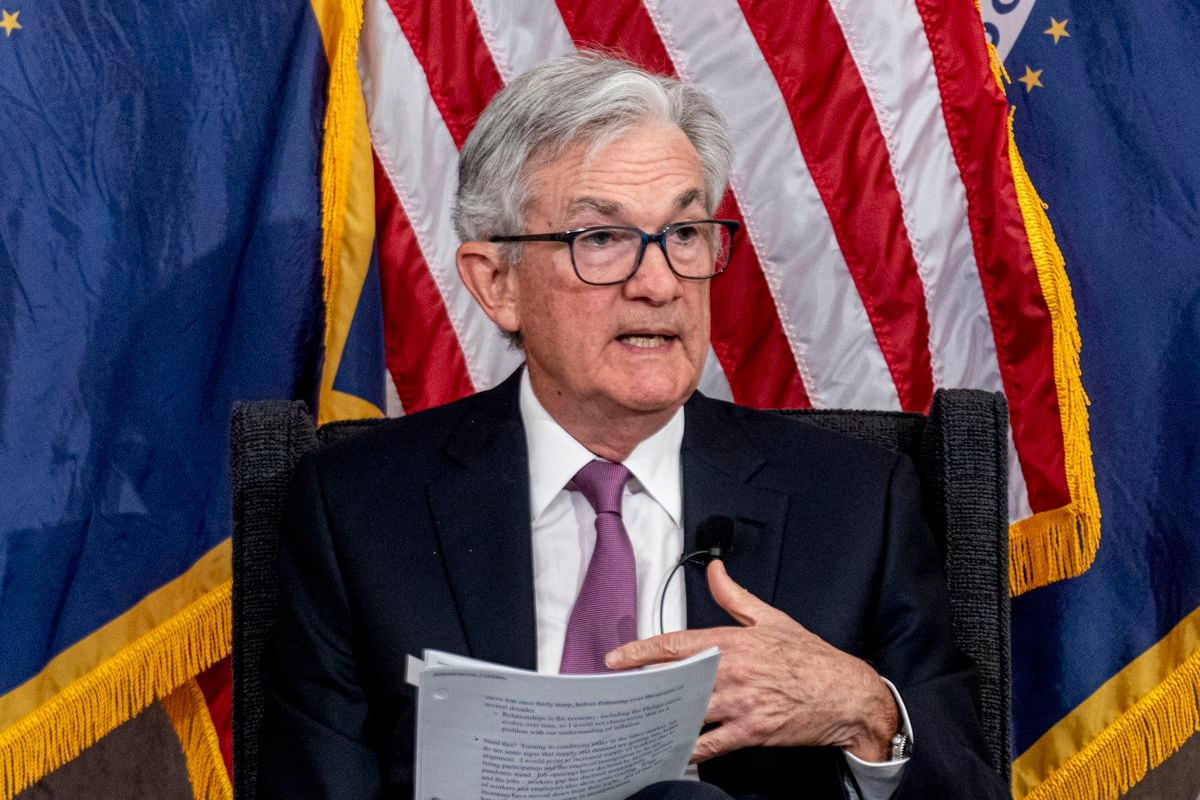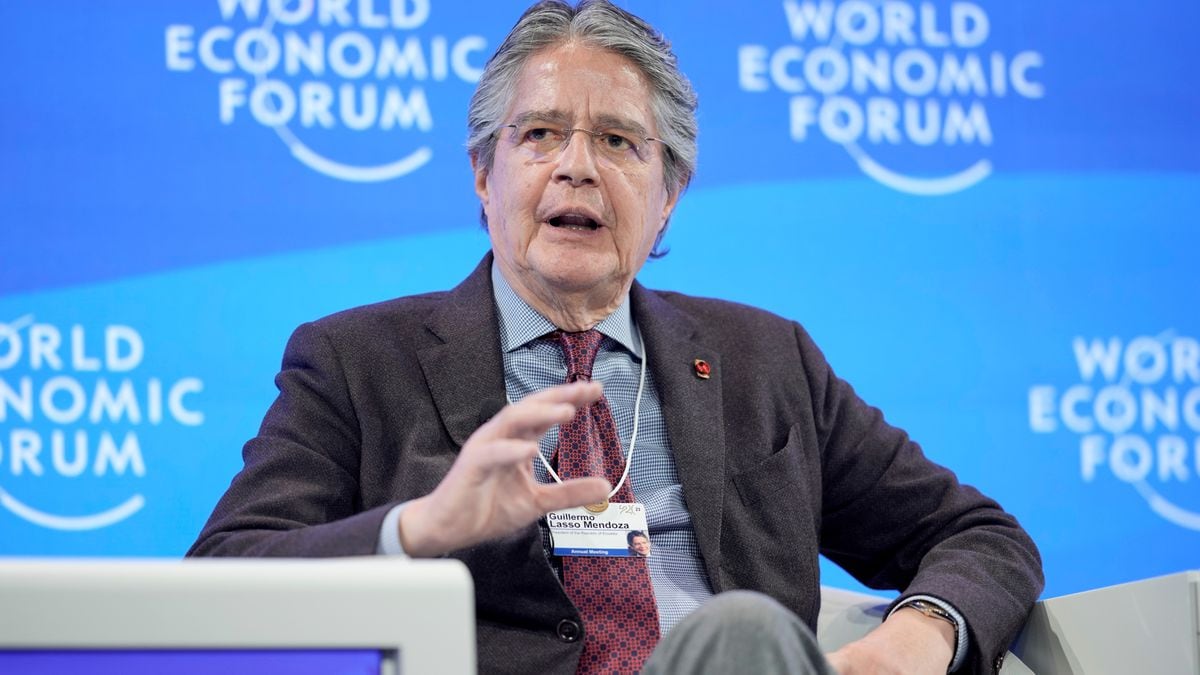Federal Reserve economists have set a date for what everyone expected to be a year-long recession in the U.S., but it won’t end. Now, its economists expect that to happen in the last quarter of this year and the first quarter of next, according to the minutes of the last Federal Reserve meeting released this Wednesday.
“Economic Forecasts Prepared by Experts for the May Meeting of the FOMC [el comité de mercado abierto, que decide la política monetaria] Amidst already tight financial conditions, they continued to assume that the effects of the expected further tightening of bank credit conditions would lead to a moderate recession from the end of the year, followed by a moderate recovery. The minutes say it goes a little further: “A slowdown in real GDP is expected over the next two quarters, before registering a slight decline in the fourth quarter of this year and the first quarter of next,” they add.
At the March meeting, Federal Reserve economists had already recorded in minutes that they expected a mild recession in the US by the end of the year. Its president, Jerome Powell, pointed out that a mild recession should be understood as “increases in unemployment less than have been common in recessions of the modern era.”
However, Powell clarified that members of the monetary policy committee do not have to share the technicians’ forecast. The central bank chief himself remains optimistic about the possibility of a soft landing, meaning that inflation can be contained without falling into recession.
What the minutes did not shed much light on was the next move in interest rates. The central bank met the expectations of analysts and investors at the last meeting. The central bank raised rates to 5%-5.25%, but did not offer new hikes as it had done until then: “The committee will closely follow the information it receives and assess its implications for monetary policy,” he said. Post-meeting report.
Although everything seemed to point to a pause, Jerome Powell made it clear at a subsequent press conference that it was too soon to end rate hikes and that decisions would be made “by meeting.” “A decision on suspension has not been taken today,” he said. “We are going to resolve this issue in the June meeting,” he insisted then.
The same message is conveyed by the minutes, in which a specific section is commended and reflects “suggestion to increase target spacing”. [de los tipos] After this meeting the security is now low. The hawks: “Some participants suggested that even tighter monetary policy is warranted at future meetings, based on their expectations that progress in getting inflation back to 2% will be unacceptably slow.” Dows: “Several participants noted that if the economy performs in line with its current outlook, more firm monetary policy may not be needed after this meeting.” Conclusion: Let’s see.
Next meeting
On Wednesday, Governor Christopher Waller, one of the members of the Monetary Policy Committee, indicated that it is too early to know what will happen at the Federal Reserve’s next meeting on interest rates on the 13th. June 14. In an intervention, he has shown himself in favor of maintaining flexibility until then. However, the suspension does not mean the tariffs have reached the ceiling, he explained.
“Unless there is clear evidence that inflation is approaching our 2% target, I’m not in favor of stopping raising rates,” Waller said at an event at the University of California, Santa Barbara. “But whether we go ahead with the June meeting or not depends on how the data unfolds in the next three weeks,” he added. By the time a decision is made, the inflation data for May and many other indicators will already be known. Minutes of the last meeting, published this Wednesday, do not clear doubts.
“We have some more important data releases in the next three weeks and I’ll get a better understanding of how credit conditions are evolving, both of which will inform me of the best course of action,” Waller explained. “Between now and then, we have to be flexible about the best decision to make in June.”
In a recent speech, Powell stressed that the banking storm could translate into lower rate hikes: “While financial stability tools help calm conditions in the banking sector, developments in that sector, on the other hand, contribute to tightening credit conditions. They are likely to weigh on economic growth, hiring and inflation. “Our key interest rate doesn’t need to go up. Of course, the amount is very uncertain,” he told a conference call with his predecessor, Ben Bernanke.
Follow all the information economy And Commercial Inside Facebook And TwitterOr among us Weekly newsletter
Five day program
The most important economic appointments of the day, with keys and context for understanding their purpose.
Get it in your email





